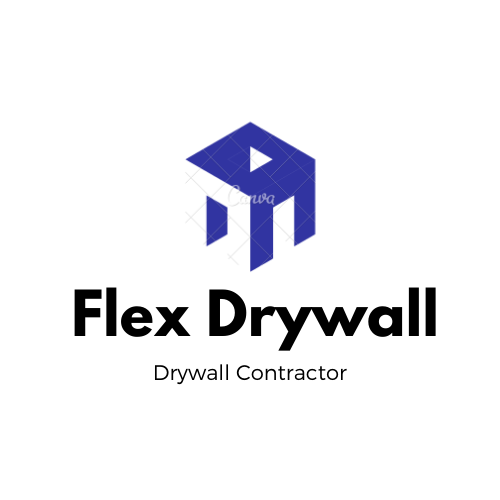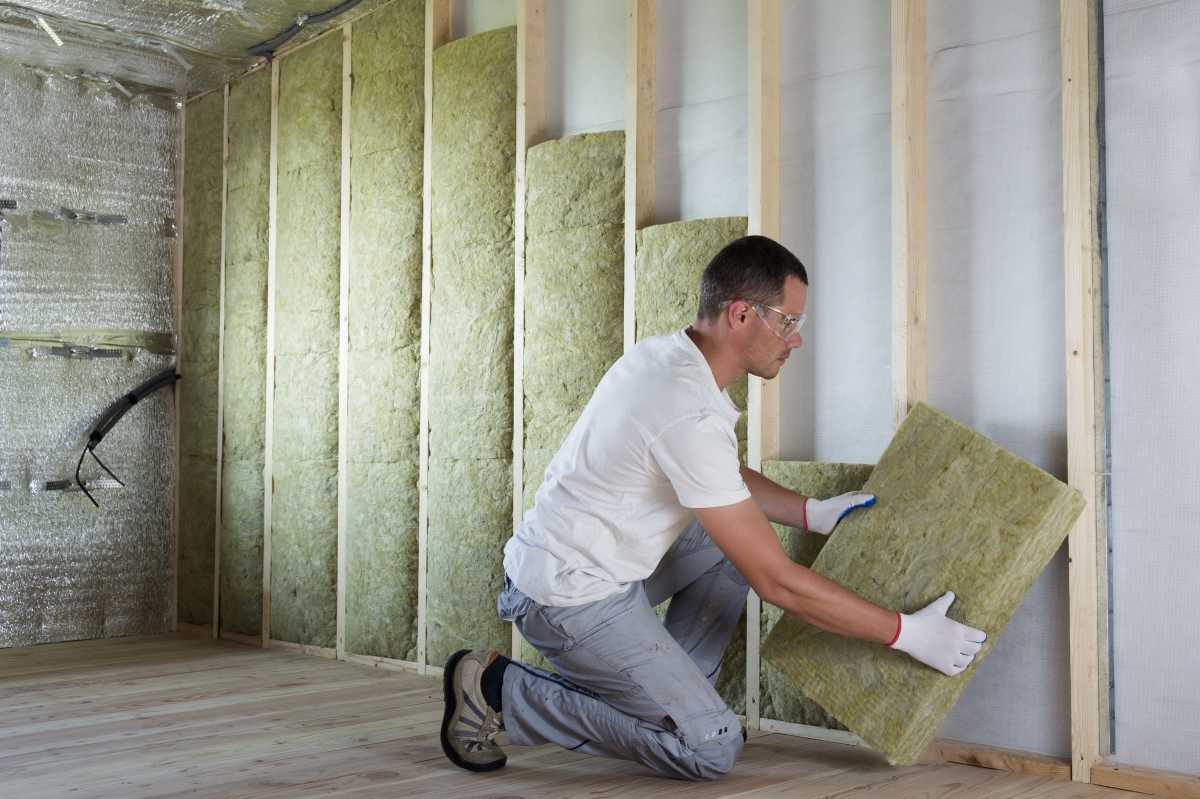How to Install Drywall is a process which is usually an area for professionals. But this article will give an overall idea on the process of installing Drywall. This article is an excerpt form book called “HOW TO BUILD YOUR OWN TINY HOUSE” by “ROGER MARSHALL“.
DRYWALL
Before you can start installing drywall, you need to understand the difference between various types of boards. Regular drywall for use on most walls and ceilings in dry areas is made of compressed gypsum with a paper covering on both sides. It comes in thicknesses from ¼ in. to 5/8 in., most commonly in 4×8 or 4×12 sheets. You can alo find half-size and quarter-size sheets for patching small areas. The long edges of dry-wall sheets are tapered to allow for taping the joints.
Bluebeard is higher-quality drywall for use in areas where the board is to be coated with a skim coat of plaster. The surface has good absorption qualities to enable the skim coat to adhere better. Green board is a moisture-resistant drywall for use in bathrooms, kitchens, and other potentially damp locations. Some board.
Drywall is moderately easy to hang, either alone or preferably with a helper. Once installed and taped with joint compound, it can be finished with paint or wallpaper.
Special drywall taping tools include hawks (top and left), which are used to hold joint compound so you do not have to keep going back to the bucket of compound. The two flat trowels are used to smooth the tape onto the wall joints. By using a wide trowel you can make a smooth pass in one motion. At right is a right-angle trowel used for smoothing corner joints.
An inorganic fiberglass mat that does not promote mold growth. Also available is a more expensive fire-retardant version of drywall, which is mostly used in garages and around furnaces. Cement-based backer-board is a high-strength tile backer for use in areas exposed to water or high levels of moisture (e.g., tiled walls and floors and bathtub and shower enclosures).
Screws are located about 9 in. Apart along the joint and pass through the drywall to a stud. Be sure that each tapered end of a drywall panel ends on a stud.
Apply a thin layer of compound to the joint to fill screw holes and to provide a base for the paper or fiberglass mesh to adhere to. Here, to show the difference between the two, paper has been applied at the bottom of the panel and fiberglass mesh tape at the top. The middle section has no tape.
Installing drywall
Drywall is generally screwed into place using a special bit on an electric drill. The bit sinks the screw head only a certain amount to ensure that the screw will not pull through the material covering the drywall, Most professional drywall have special drills with these bits to ensure that screws are set perfectly every time. Professionals also have items such as tape dispensers, corner rollers to apply beads on outside corners, and special small routers that can cut around a light box in one or two seconds. Dyers will probably not have access to these types of tools, so you will need to take greater care and nail corner beads, measure light fixture locations, and apply tape carefully.
When installing drywall, do the ceiling first. This ensures that the walls will support the edges of the drywall and that the ceiling boards will not sag at the edges. Carefully measure any cutouts for light fixtures, vent fans, and any other openings before screwing the drywall into place. The next step is to tape the seams with either paper tape or a fiberglass mesh tap (I pre-)
Apply the compound using either a 6-in. Or 8-in. Flat-blade drywall taping knife (above) or a drywall trowel (top),, which allows more flexibility of movement for taping horizontal and vertical joints.
The same joint with taping compound over the paper (bottom) and the fiberglass mesh (top). The paper has almost completely disappeared, while the fiberglass mesh is still faintly visible in the upper part of the photo. Screw holes have been filled, but they often dimple slightly as the joint compound dries. When the compound has dried, it is sanded to remove any bumps and a second layer is applied to completely cover the mesh and fill any screw-hole dimples. It is sanded once more when the compound has completely dried.
Fer to use paper tape as the weave of fiberglass tape will sometimes show through the joint compound).
To apply the tape, first lay a thin layer of joint compound over the joint, and then press the tape into the compound to hold it in place. Use more joint compound to cover the tape and make the joint smooth and even with the surrounding wallboard.
Taping an outside corner requires installing a trim strip to protect the corner.
Apply joint compound to each side of the trim strip with a taping knife or trowel.
You can tape each side of an inside corner with a regular trowel, but a right-angle trowel tapes both sides at the same time and is easy to use. Press the trowel into the corner to give a tight right-angle joint, An outside corner is made by nailing a metal or plastic trim strip into place and covering the strip right up to the bead with joint compound as shown in the photos above and at right.
TIP
Installing drywall can be a messy process if drops of compound land on the floor. To make cleanup easier, roll paper over the subfloor or if the flooring is already in place, put down Masonite panels to protect it from drips, boots, and other potentially harmful materials. Be sure to wear a dust mask when sanding drywall joint compound. It is also a good idea to open the windows to allow fresh air into the room.
Smooth the compound with the taping knife, keeping the raised bead clean and using it as a screed.
Once both sides of the outside corner are covered, only the bead of the metal strip is visible and the joint compound is feathered into the drywall to produce a sharply defined corner. Allow the compound to dry, lightly sand, and then apply a finish coat of compound.
Make sure you also cover every screw head, and then leave the joint compound for at least 24 hours to dry thoroughly.
When the joint compound is completely dry, sand all the drywall with sandpaper or one of the special sanding boards or screens made for this purpose. Ideally, you want every wall and corner to be perfectly smooth. You may have to touch up a few places, but even the best drywall hangers have to do that. Leave any touched-up areas to dry before trying to sand them.
Continue reading “Tips for putting up drywall“

